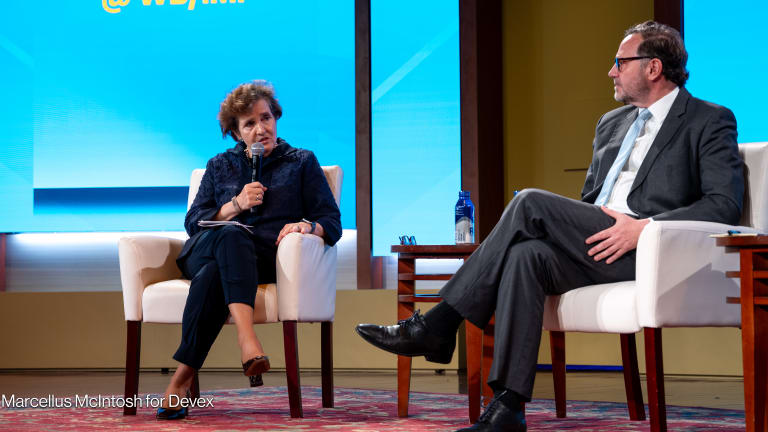A blueprint for “reimagined” foreign assistance has made its way across Washington, D.C. — one that centers on three adjectives that have become synonymous with the second Trump administration’s approach to aid: safer, stronger, and more prosperous.
In some ways, the proposal — which Politico reported was authored by aides of U.S. President Donald Trump — reflects previously discussed reforms and proposals.
“The memo was very well thought out and well rationed. And it seems to me that whoever was the author has a pretty thorough understanding of both the legislative side of this as well as the practical side,” said Richard Crespin, a senior associate at the Center for Strategic and International Studies, a think tank based in Washington, D.C.









